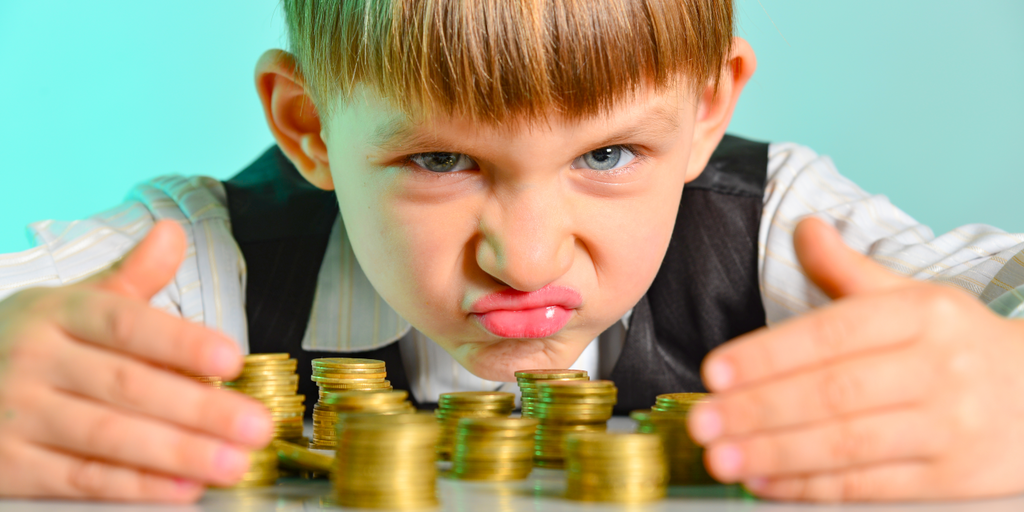Bitcoin might seem like a mystery, but the basics are easy to understand. If you’ve been curious about what Bitcoin actually is and how it works, you’re in the right place. In this article, we’ll explore Bitcoin from the ground up, focusing on the essentials so anyone can understand it — even if you’re brand new to the world of cryptocurrency.
 AI-Generated Image from Dalle
AI-Generated Image from DalleWhat Is Bitcoin?
Bitcoin is often called “digital money,” but it’s much more than that. Bitcoin is a type of digital currency created and managed without any central authority, like a bank or government. Unlike traditional money, Bitcoin operates on a technology called blockchain, which is like a digital record that keeps track of every transaction made with Bitcoin. This means Bitcoin can be sent from one person to another over the internet without needing a middleman, making it decentralized.
Bitcoin was invented in 2008 by an anonymous person (or group) who used the name Satoshi Nakamoto. The goal was simple: create a form of money that can be used by anyone, anywhere, without needing permission from banks or authorities.
How Bitcoin Works: A Simple Breakdown
To understand how Bitcoin works, let’s start with the basic components.
1. Blockchain Technology
Think of the blockchain as a digital ledger or a record book that stores every Bitcoin transaction. Every time a transaction is made, it gets added to this ledger. But here’s the key: this ledger isn’t kept in one place. Instead, it’s stored on computers all around the world, making it secure and difficult to change. This global network of computers is what makes Bitcoin safe from hacking or fraud.
2. Mining
Mining is the process of creating new Bitcoins and verifying transactions on the blockchain. In simple terms, mining is like solving a complex puzzle. When miners solve this puzzle, they get rewarded with new Bitcoins and the transaction is added to the blockchain. This process helps keep the network secure, as each new “block” (or transaction record) is linked to the one before it, creating a chain of blocks — or, as we call it, the blockchain.
3. Bitcoin Wallets
To store and use Bitcoin, you need a Bitcoin wallet. A wallet doesn’t hold Bitcoin like a regular wallet holds cash. Instead, it holds the “keys” needed to access your Bitcoin on the blockchain. There are two types of keys: a public key (like an email address, which you can share to receive Bitcoin) and a private key (like a password, which you must keep secret). With these keys, you can send and receive Bitcoin securely.
4. Transactions
Sending Bitcoin is similar to sending an email but with added security. When you send Bitcoin, the transaction is verified by miners, added to the blockchain, and the amount is transferred from your wallet to the recipient’s wallet. This process ensures that each Bitcoin transaction is secure and recorded.
Why Bitcoin Is Valuable
So, what makes Bitcoin valuable? A few things contribute to its worth:
- Limited Supply: There will only ever be 21 million Bitcoins. This limited supply creates scarcity, which often increases demand and, in turn, the value.
- Decentralization: Unlike traditional money, which is managed by banks and governments, Bitcoin is decentralized. This independence is appealing to those who want control over their own money without interference.
- Global Use: Bitcoin can be sent to anyone, anywhere, making it a borderless form of money. All you need is an internet connection, and you can send Bitcoin instantly.
How to Get Started with Bitcoin
If you’re interested in trying Bitcoin, here’s a simple guide to get started:
- Get a Bitcoin Wallet: You’ll need a digital wallet to store your Bitcoin. Wallets can be downloaded as apps or set up through online services. Make sure you choose a secure wallet and write down your private key in a safe place.
- Buy Bitcoin: You can buy Bitcoin through a cryptocurrency exchange, which is like an online marketplace. Popular exchanges include Coinbase, Binance, and Kraken. Once you’ve set up an account, you can buy Bitcoin using regular money (like dollars or euros).
- Store and Secure Your Bitcoin: After buying Bitcoin, it’s essential to store it securely in your wallet. Remember, your private key is the only way to access your Bitcoin, so don’t share it with anyone.
- Learn and Practice: Bitcoin can be used to buy goods or services, or you can hold onto it as an investment. If you’re new, it’s helpful to start small and learn more about the technology as you go.
Key Points to Remember
- Bitcoin is Decentralized: No bank or government controls Bitcoin.
- Blockchain Technology: Bitcoin transactions are recorded on a global digital ledger known as the blockchain.
- Mining Process: Bitcoin is created through mining, which also verifies transactions on the blockchain.
- Wallets and Keys: A Bitcoin wallet stores the “keys” to access your Bitcoin. Keep your private key secure.
- Limited Supply: Only 21 million Bitcoins will ever exist, which makes it scarce and valuable.
Why People Use Bitcoin
People use Bitcoin for various reasons. Some see it as an investment, hoping its value will rise over time. Others use it as a way to send money across borders quickly and cheaply. Because Bitcoin doesn’t rely on traditional banking systems, it offers an alternative for those who may not have access to regular banks.
Final Thoughts
Bitcoin may seem complicated, but once you understand the basics, it’s quite simple. Bitcoin offers a new way to handle money, one that’s built on transparency, security, and independence. Whether you’re looking to invest or simply want to learn more, understanding how Bitcoin works is the first step to exploring the world of cryptocurrency.
Ready to give Bitcoin a try, or just curious about where it’s headed next?
Breaking Down Bitcoin for Beginners: What It Is and How It Works was originally published in The Capital on Medium, where people are continuing the conversation by highlighting and responding to this story.

 3 months ago
51
3 months ago
51









 English (US) ·
English (US) ·